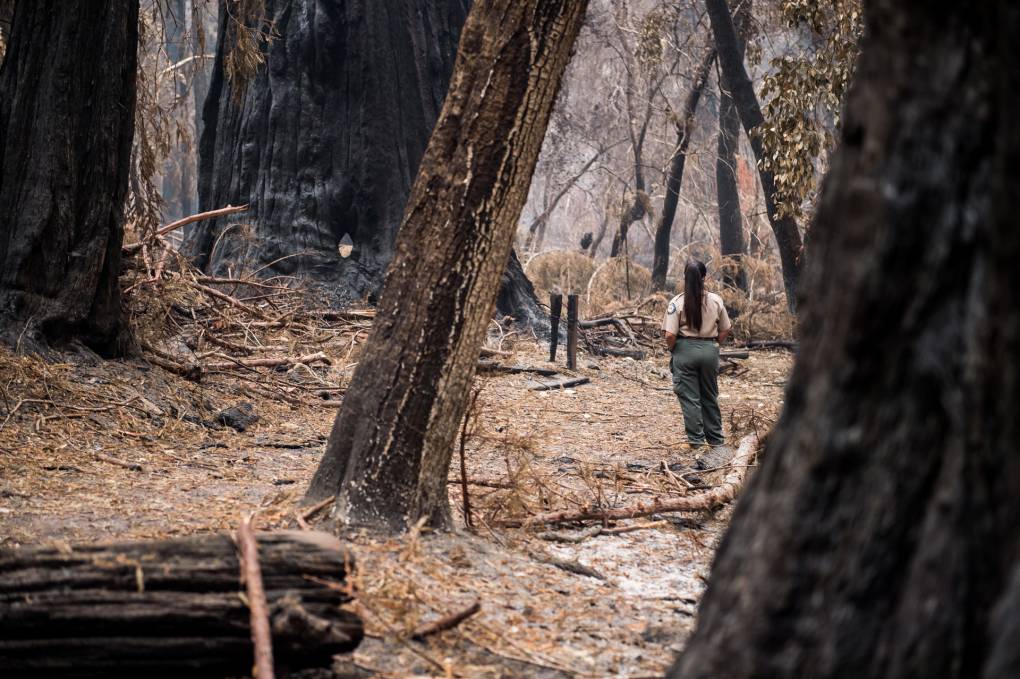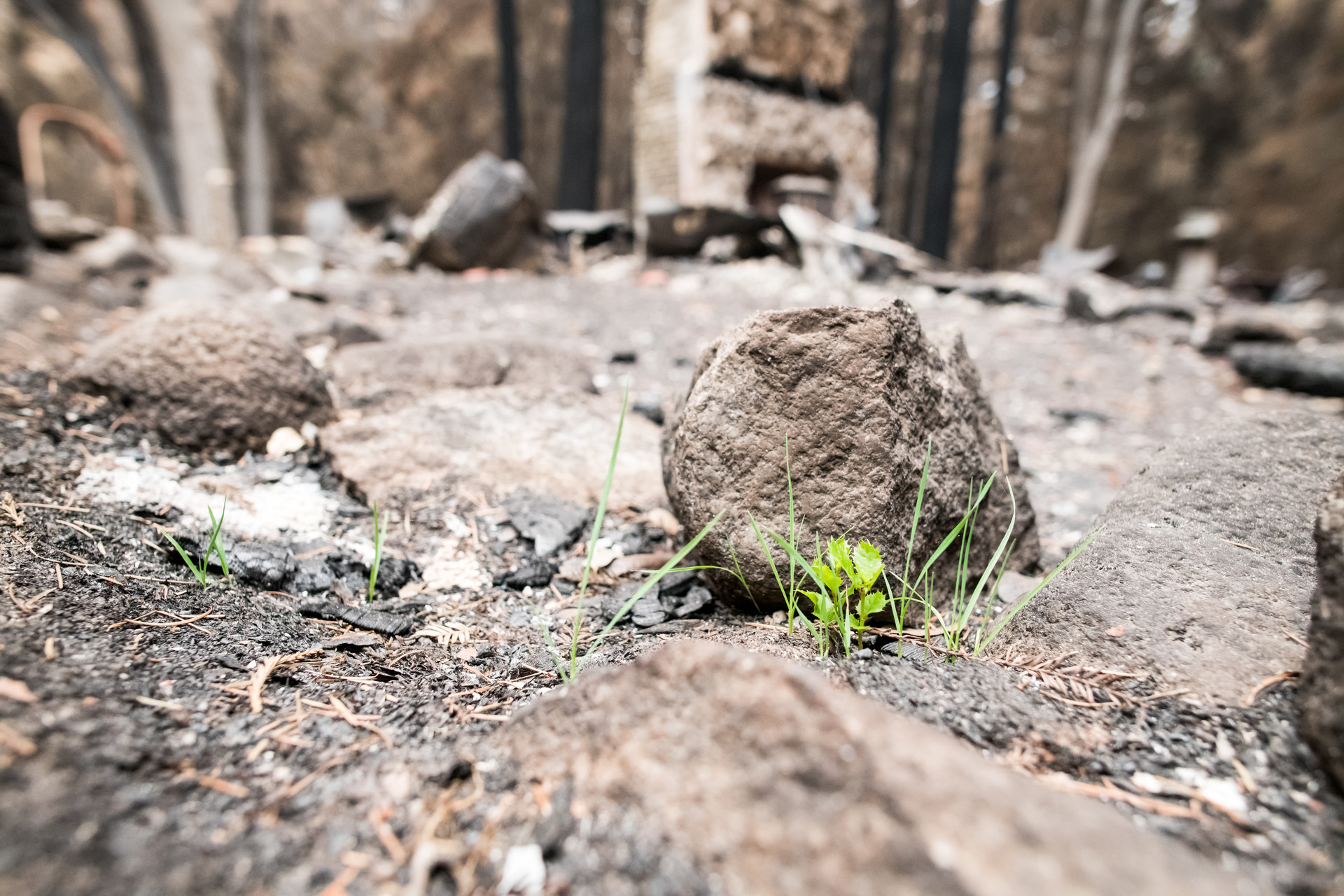Before the wildfire that tore through in August 2020 forced its closure, Big Basin Redwoods State Park received about 250,000 visitors a year from around the world.
The ancient redwoods they came to see are some of the tallest living things on the planet. And when it was confirmed that many of those trees had in fact survived the huge CZU Lightning Complex fire, there was widespread relief.
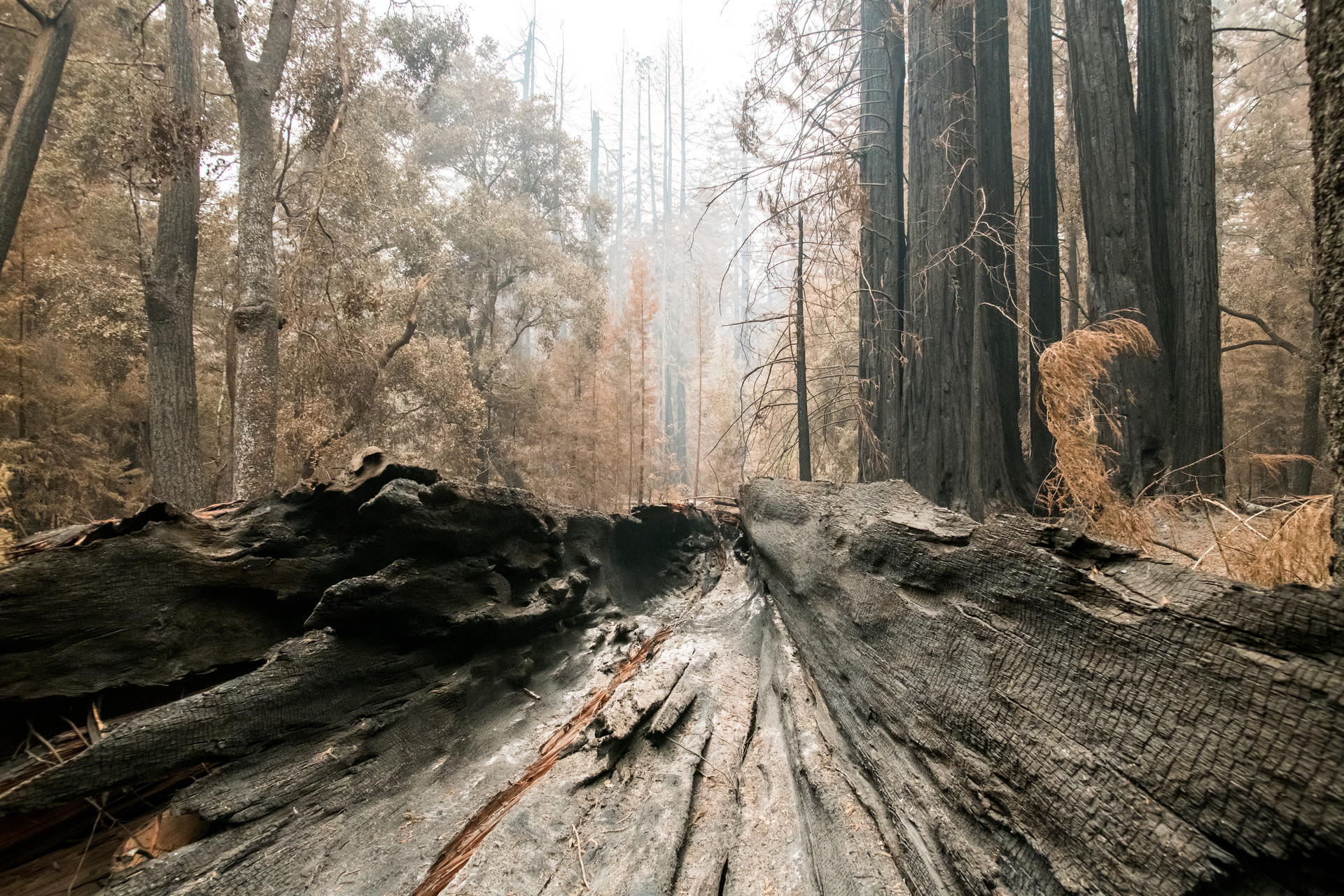
Gov. Gavin Newsom toured Big Basin on Sept. 1 to see the destruction firsthand. And now that California state park officials are embarking on their gigantic recovery operation, the sheer weight of what’s ahead is becoming clear.
Wreckage and Resilience
Big Basin will be closed to the public for at least a year, confirmed Jordan Burgess, California State Parks’ deputy district superintendent for Santa Cruz.
That time frame isn’t just due to the scale of the recovery, Burgess stressed. It’s how much preparatory work is necessary even just to access the park, assess the damage and to make the area safe for staff — and, eventually, visitors — to enter.
“Time is of the essence, and we want to get the ball rolling,” she said.
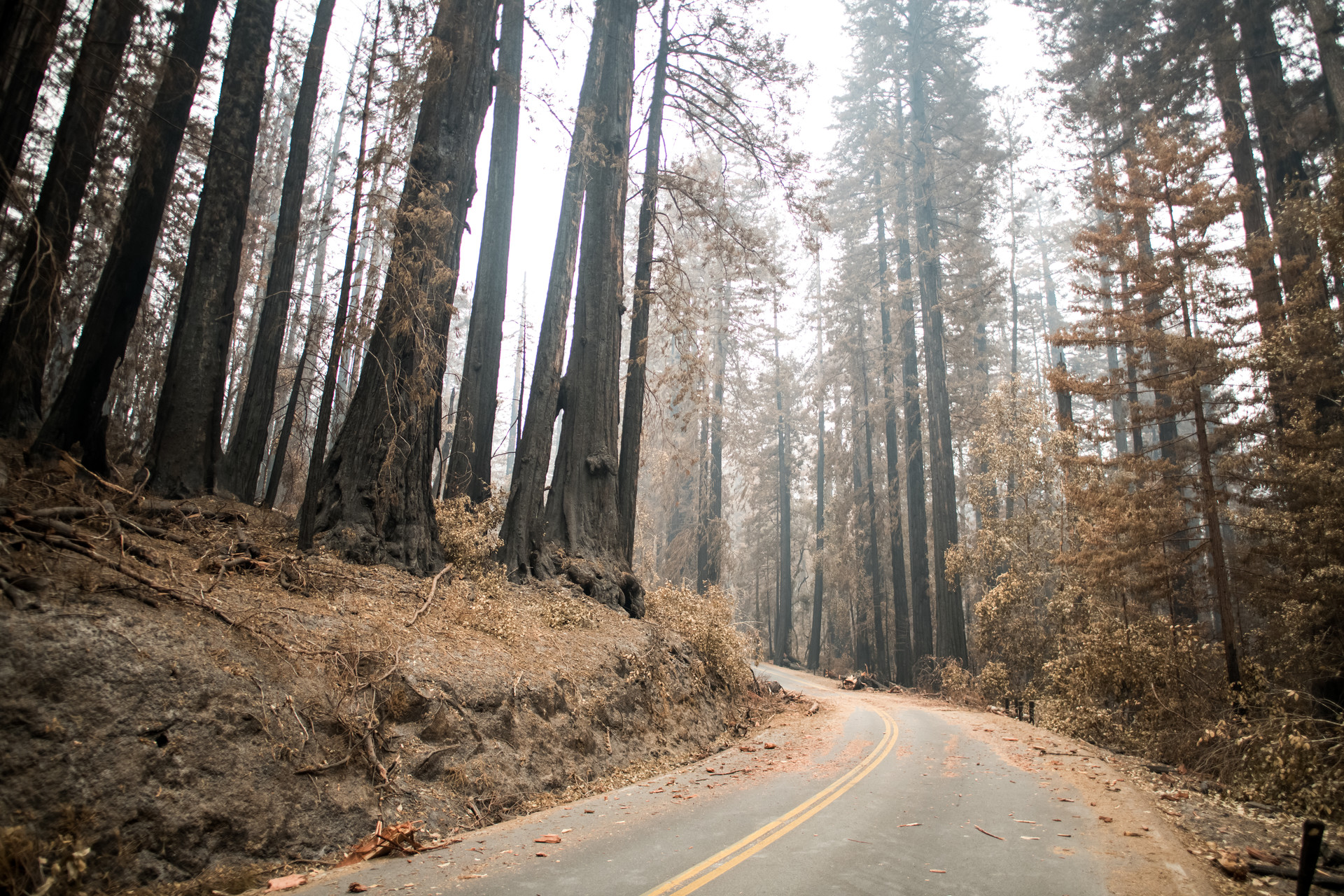
Working inside Big Basin in the aftermath of the wildfire has been “incredibly difficult and incredibly stressful,” said Joanne Kerbavaz, senior environmental scientist for California State Parks.
The CZU Lightning Complex fire did not affect every area of Big Basin equally, Kerbavaz said, and it was the old-growth redwoods areas around the now-destroyed park headquarters that almost certainly experienced the worst of the effects.
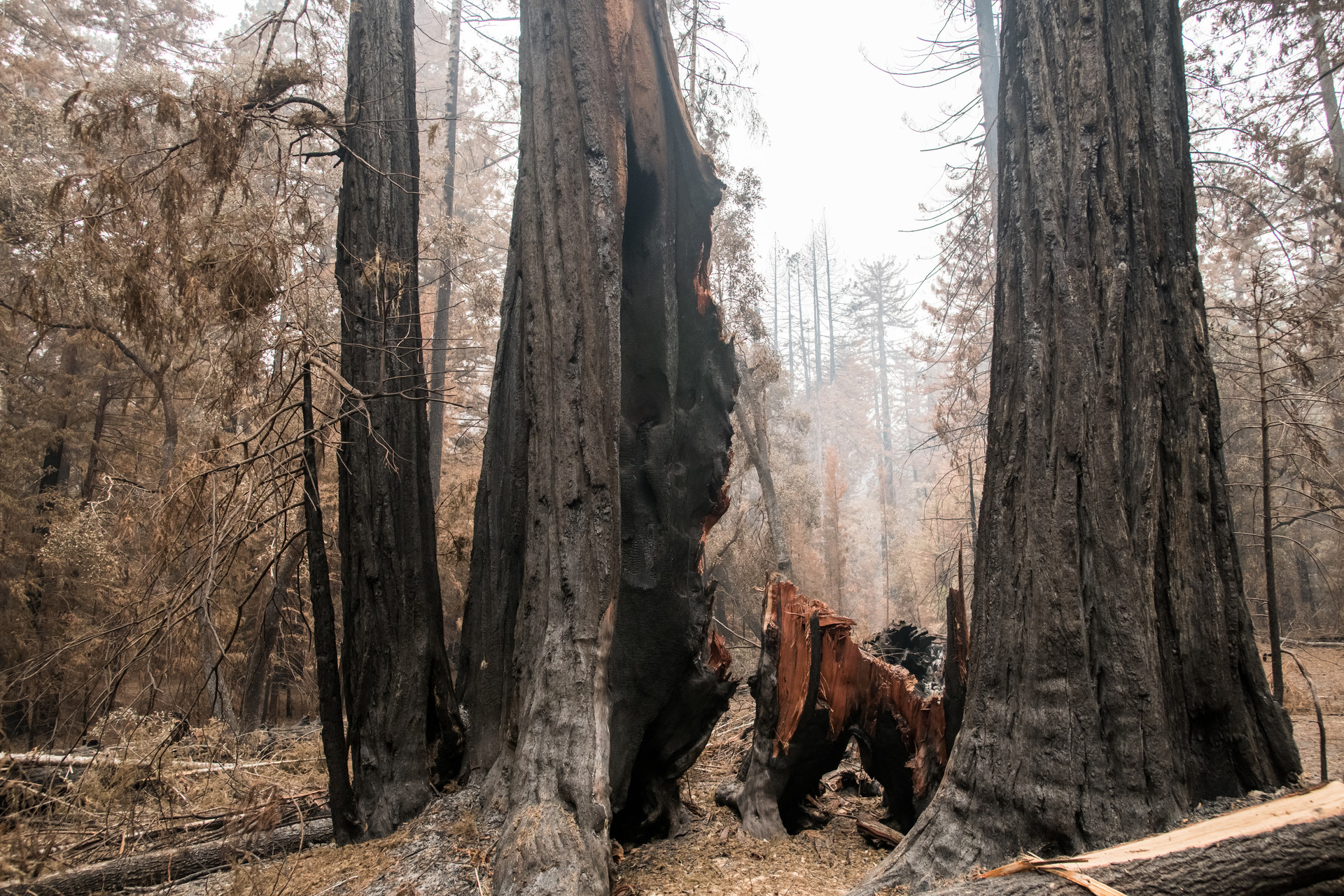
Even so, Kerbavaz is keen to point out the ways in which these redwoods are engineered for recovery. The scorch marks that extend almost all the way up these old-growth trees look alarming, and she admitted that park staff expect that some trees might not survive their ordeal. But those same trees, she said, will go on to re-sprout from their bases, and trees that were scorched on their side will sprout from there, creating new branches.
Even if an individual tree doesn’t make it, Kerbavaz said, she’s taking comfort from the fact that so many of these redwoods are in fact clones — identical twins, basically.
“So even if we lose some trees, their identical sibling are going to come out of this, and survive,” she said. The resilience of this ecosystem, Kerbavaz said, makes any replanting plans unnecessary. For the most part, this place handles all that itself.
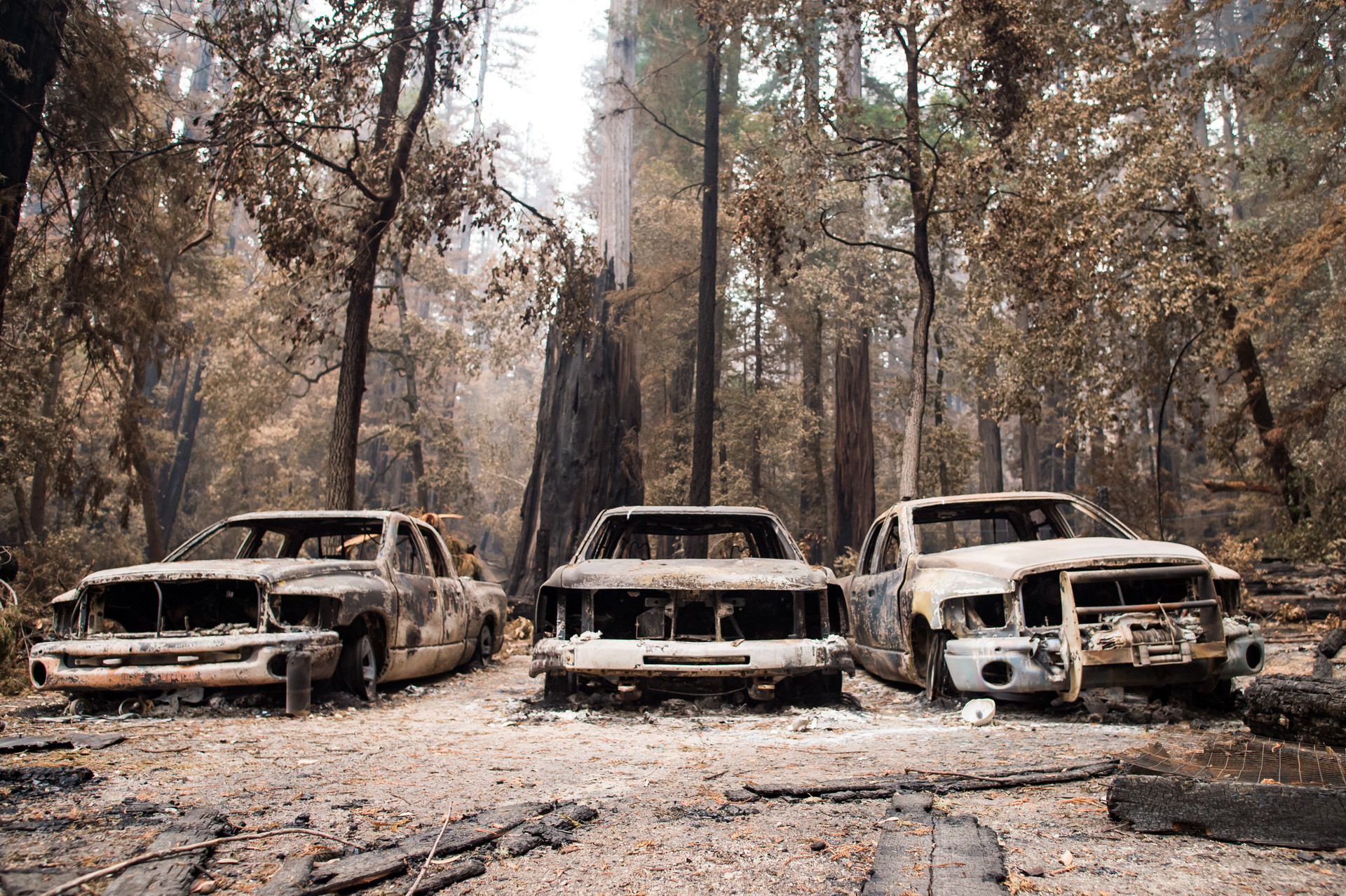
Re-Imagining a New Big Basin
The recovery of Big Basin is being supported by a huge fundraising effort by the Sempervirens Fund — California’s oldest land trust, established in 1900.
Founded by a handful of redwoods enthusiasts in the Santa Cruz mountains, the Sempervirens Fund was responsible for lobbying for the creation of Big Basin itself in 1902, making it California’s very first state park. Now, 120 years later, it’s working with the park through its biggest crisis yet.
“Things will definitely look different,” said Sempervirens Fund Executive Director Sara Barth.
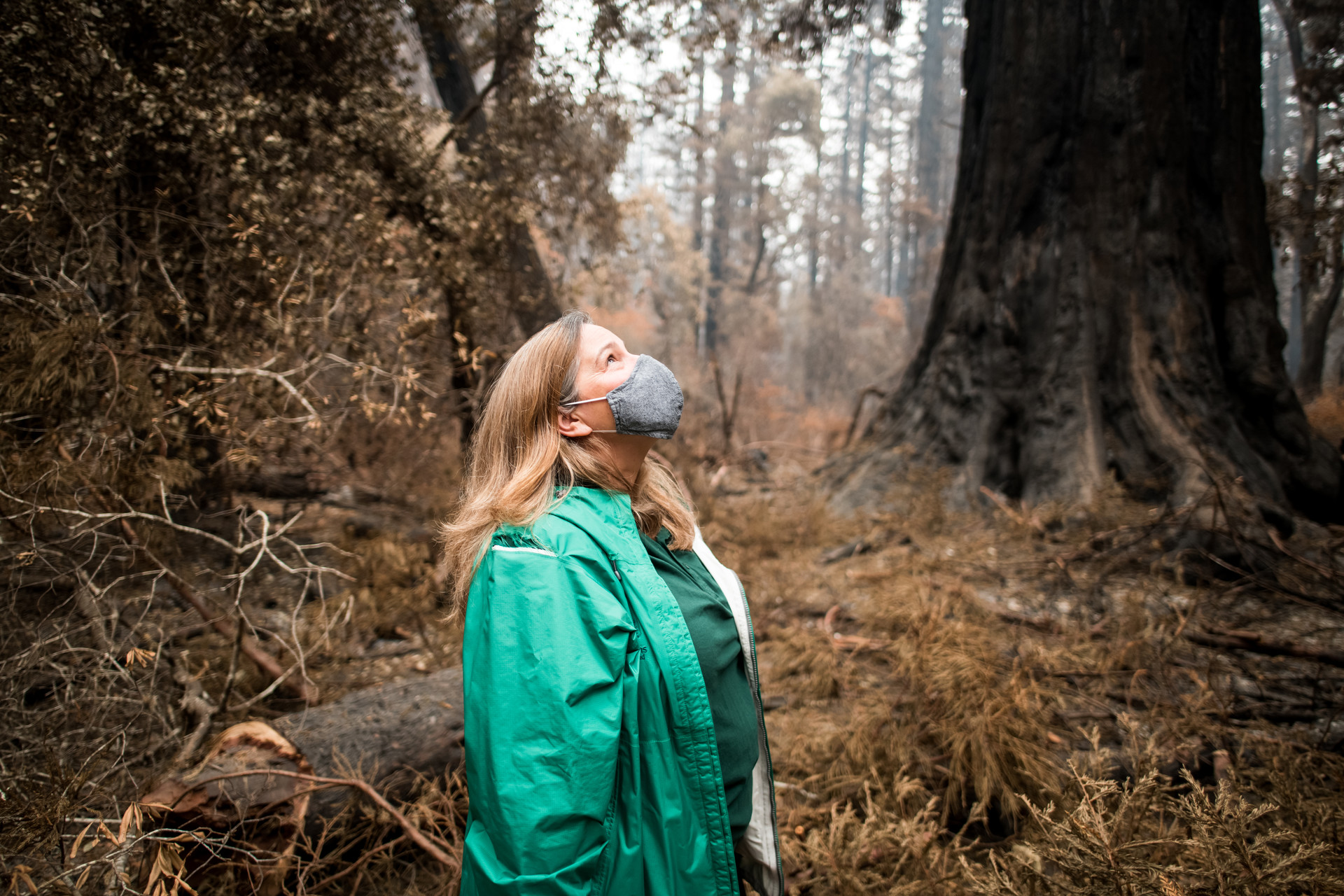
The scale and scope of the efforts ahead — not to mention the fact that parts of Big Basin are still actively smoldering — means it still isn’t clear exactly how the sizeable recovery fund raised in support of Big Basin will even be spent at this early stage. As of Sept. 10, $127,000 had been raised from public donations.
The physical recovery of the park obviously matters a great deal to those currently focusing their energies on it right now. And like many, Barth’s thoughts are on how a place like Big Basin can plan a future where ecosystems are managed not just for wildfire, but also for “climate resilience” — as California’s wildfires become more frequent and more devastating due to climate change.
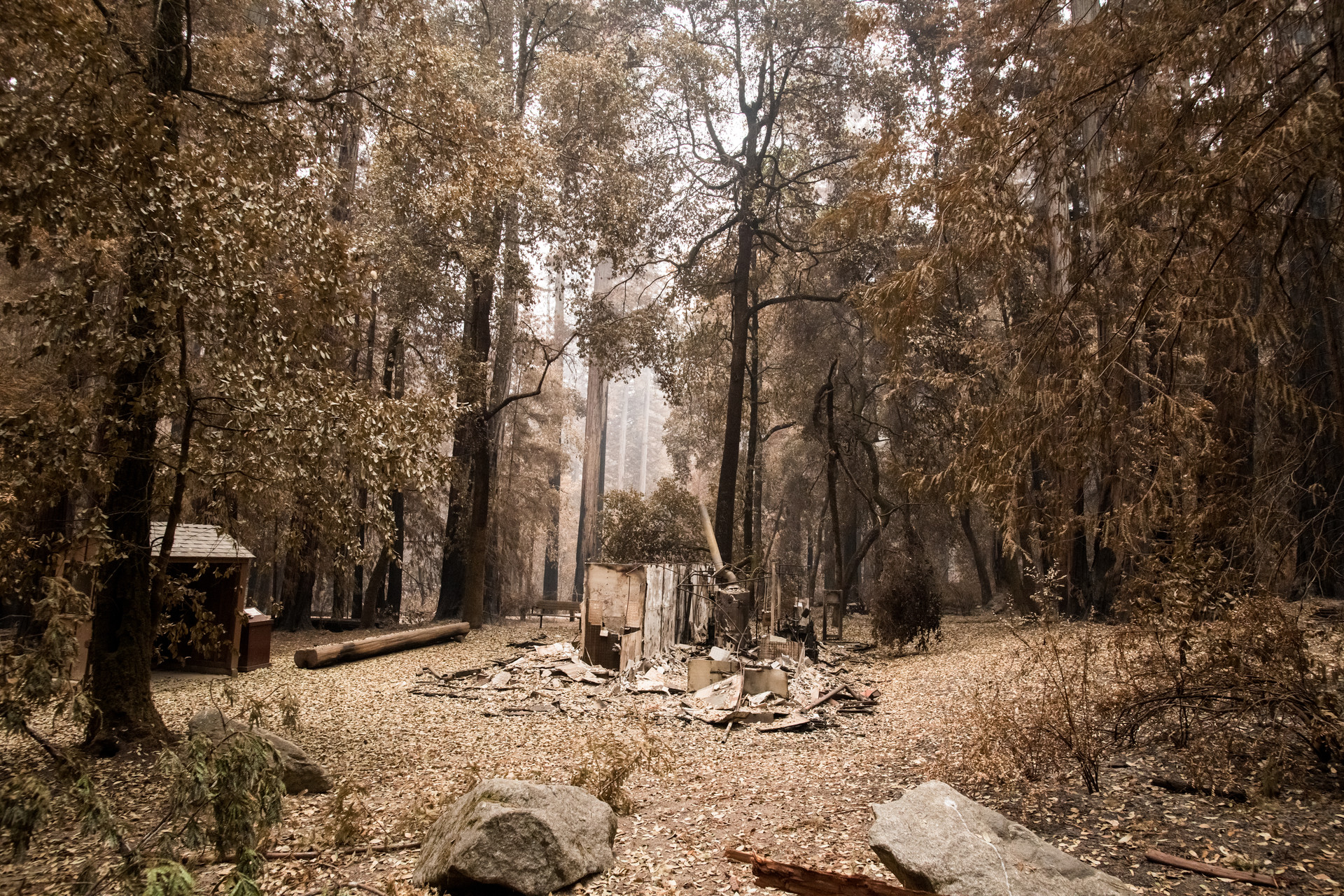
But for Barth and the Sempervirens Fund, just as pressing is the idea of fully re-imagining Big Basin in ways that go beyond immediate repair and befit its history as the catalyst for the California state parks system. Barth said that “incredible societal change” she sees in California — and the U.S. — demands that any vision of Big Basin’s future needs to consider its human aspects just as much as its natural landscape.
It’s not just thinking about how the park might handle visitor numbers that the founders of Big Basin would never have been dreamed of, Barth said. It’s about how a place like this park might make all of those visitors — existing and potential — feel actively included and safe within its boundaries. There are conversations and considerations inspired by social justice movements and Black Lives Matter action “that we probably weren’t even thinking about six months ago,” she said.
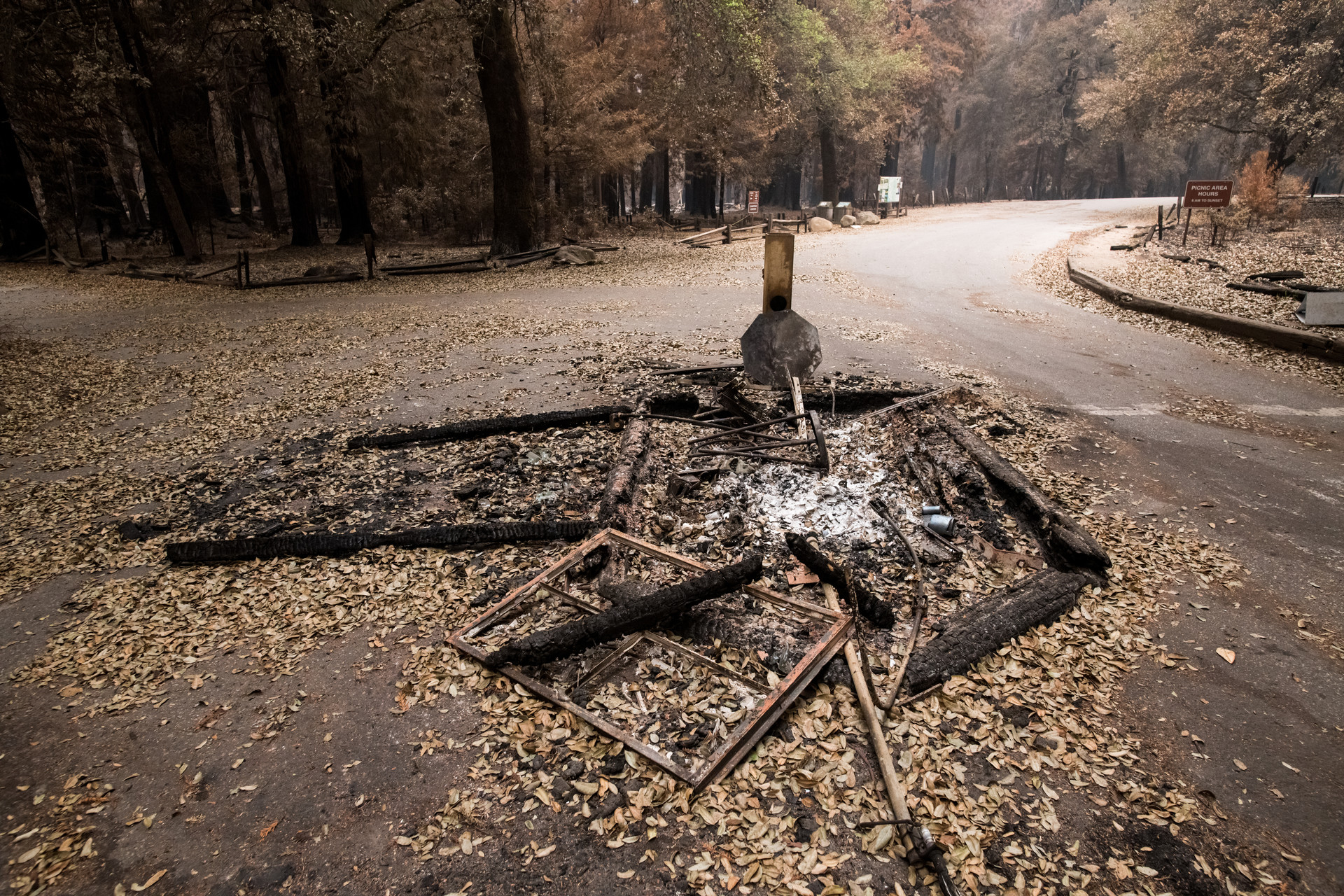
This drive goes beyond ensuring diversity and representation only among park visitors. Barth said one of the crucial ways she and the Sempervirens Fund should support the state parks service and “my other traditional partners” through this recovery is by challenging them to “invite many more voices to the table. People who’ve never been involved, or never thought of being involved in Big Basin.”
Those new voices, she says, should have a say in the re-imagining itself, “in how this park looks and feels, and how it welcomes people.”
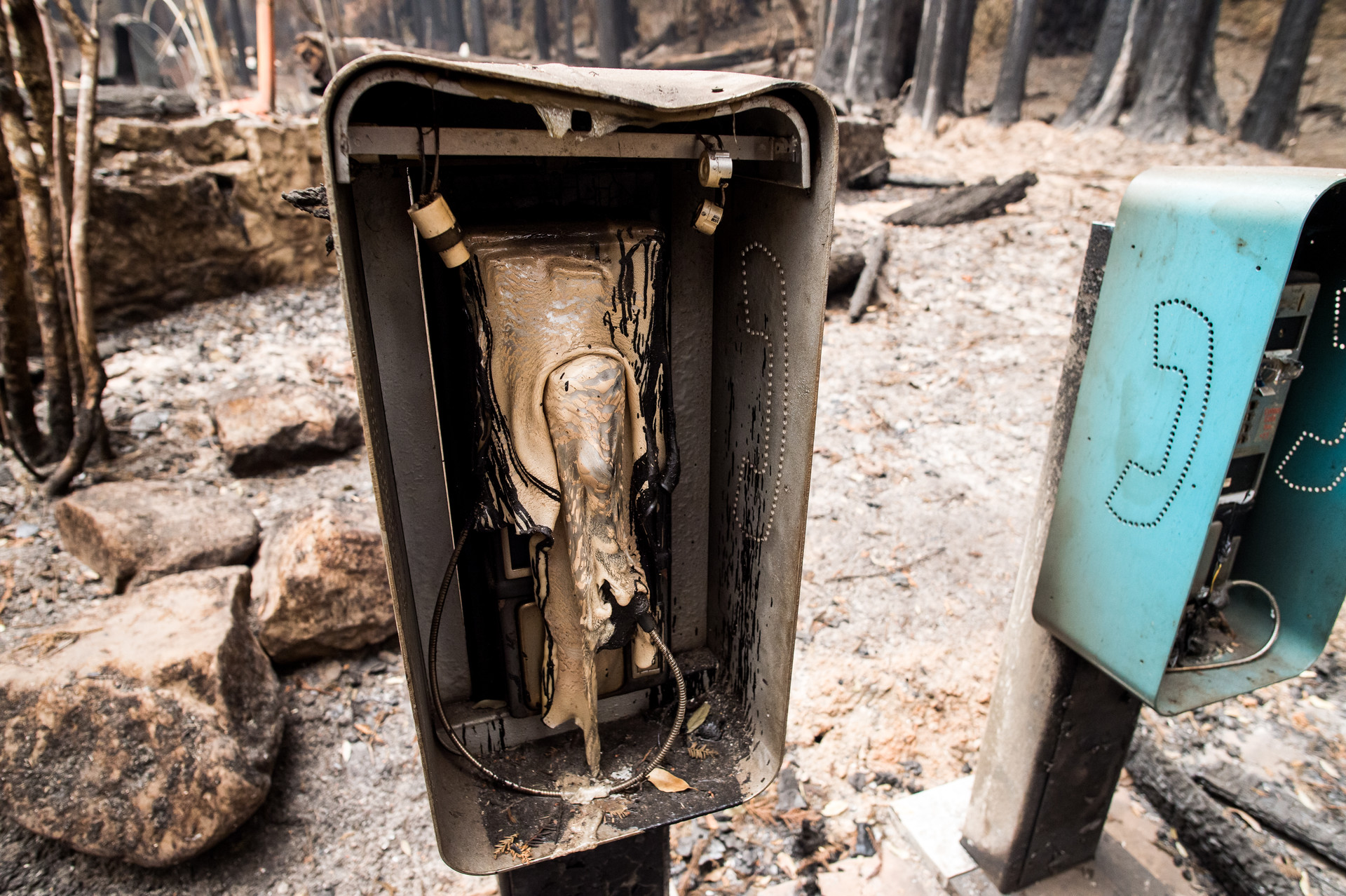
A Landscape for Everyone
This conversation in the naturalist world is a particularly timely one. Another longstanding conservationist organization, the Sierra Club, recently made headlines when it publicly grappled with its history. In July, Executive Director Michael Brune issued an apology for racist comments made by Sierra Club founder John Muir, and how those derogatory words about Indigenous and Black people “continue to hurt and alienate” today.
The Sempervirens Fund was founded only eight years after Muir established the Sierra Club in 1892, and Barth said she’s “absolutely” been watching how that organization has publicly reckoned with the exclusionary elements in conservation history.
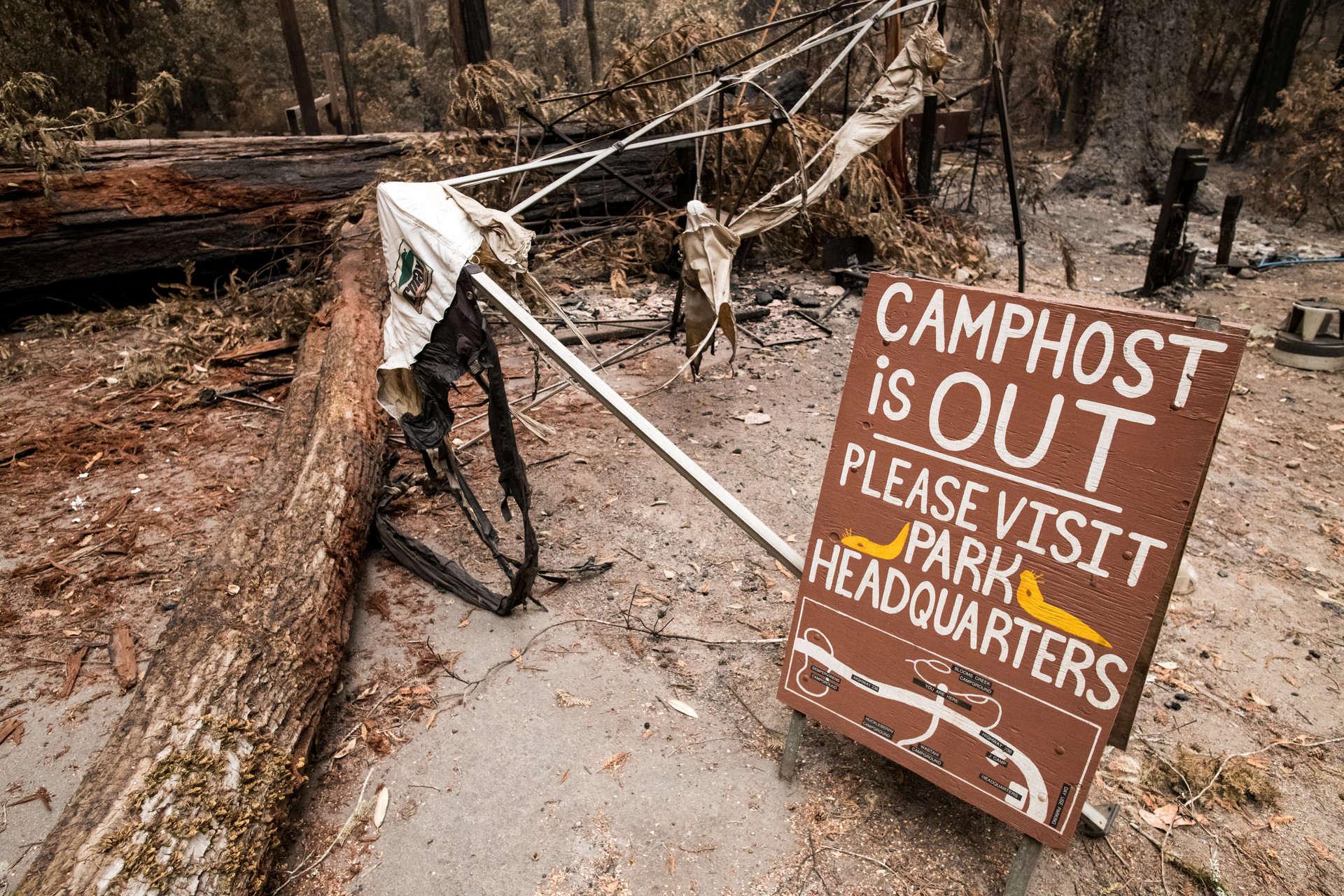
In that vein, Barth said another crucial element of re-imagining Big Basin is acknowledging how California’s treatment of its Indigenous people and culture extends to the attitude towards traditional Californian methods of wildfire management.
“The way that state parks have interacted with fire up until pretty recently has largely ignored Indigenous knowledge,” Barth said, referring to the annual controlled burns by Native American tribes, which are an ancient, effective practice of fire management that cleared out underbrush and encouraged new plant growth. But she also said she’s heartened by how state parks in this region have been “very receptive to that kind of partnership” with Indigenous communities when it comes to managing fire. “And I think that is another set of voices that should be included.”
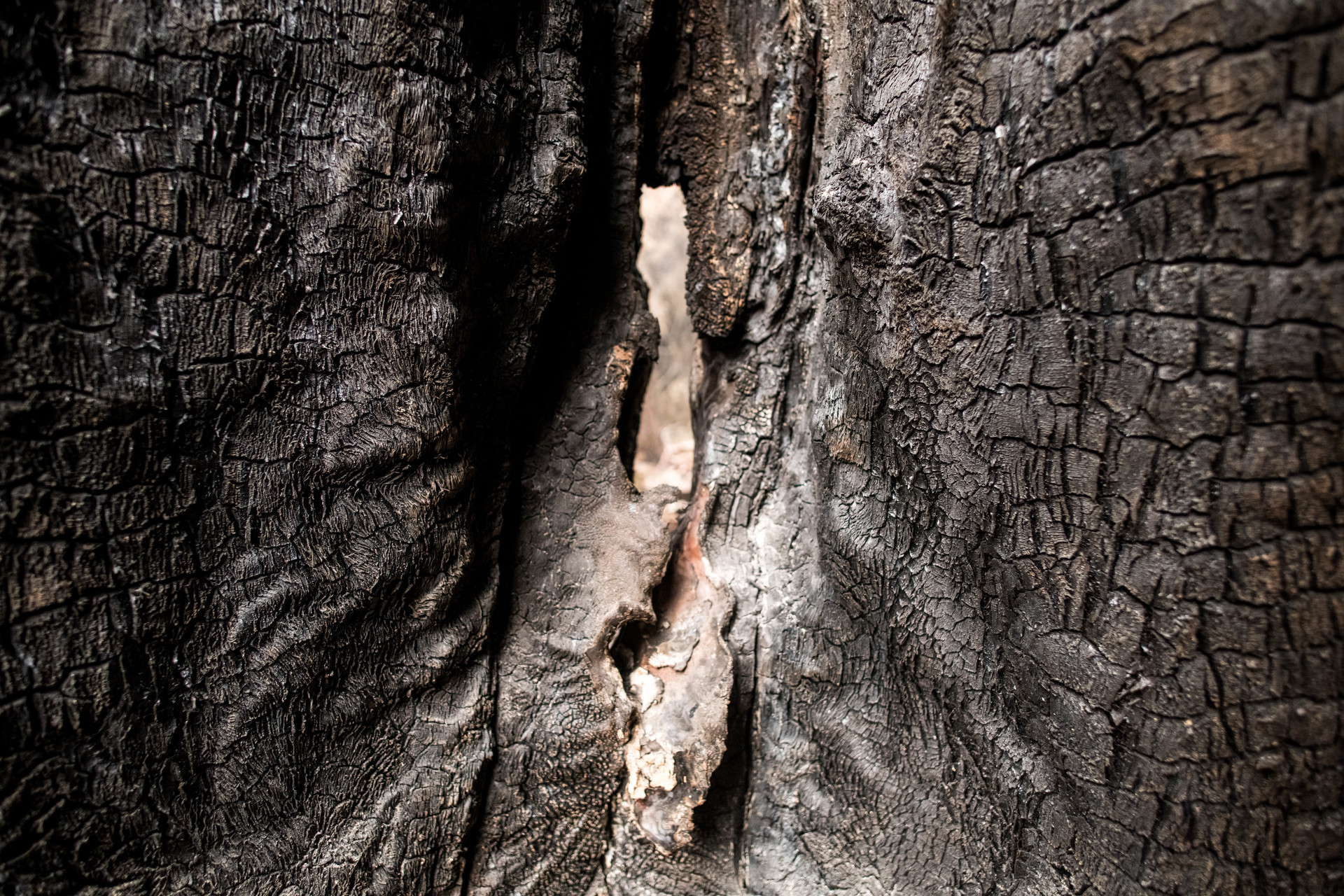
The Way Forward, Amid Wildfire
When Big Basin does reopen, will it still resemble the park people knew and loved?
“I think that anybody who has visited a redwood forest is used to seeing burn marks on the bigger, older trees because they have been through many fires before,” Barth said. At the same time, the fierce intensity of the wildfires that ripped through Big Basin means that the visual reminders of that destruction are likely to be “much more jarring” than your average redwood battle scars, said Barth.
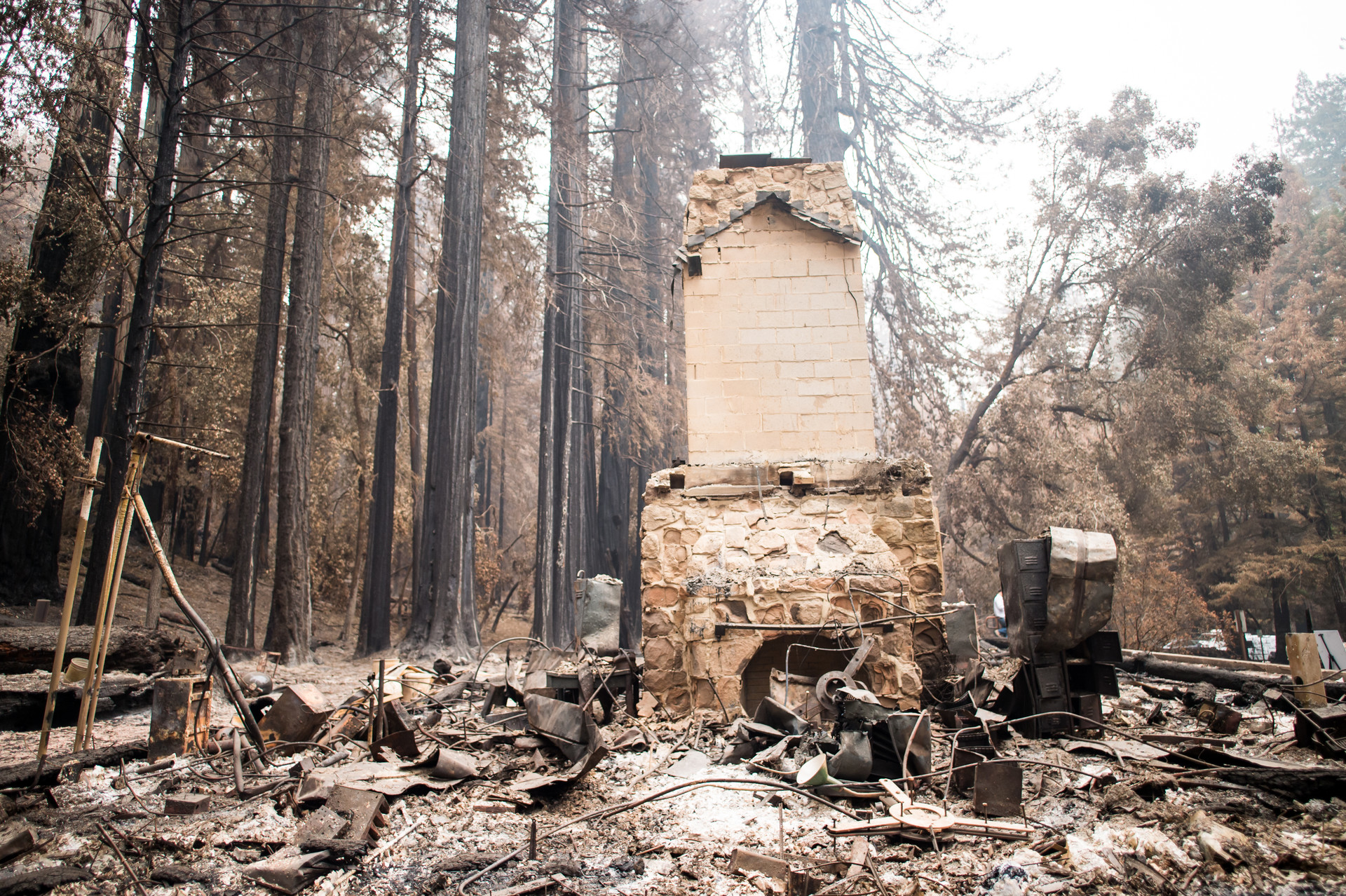
And she suspects that the absence of the historic buildings — which, like the iconic headquarters that dated back to the 1930s are “gone for good” — will also hit visitors hard.
